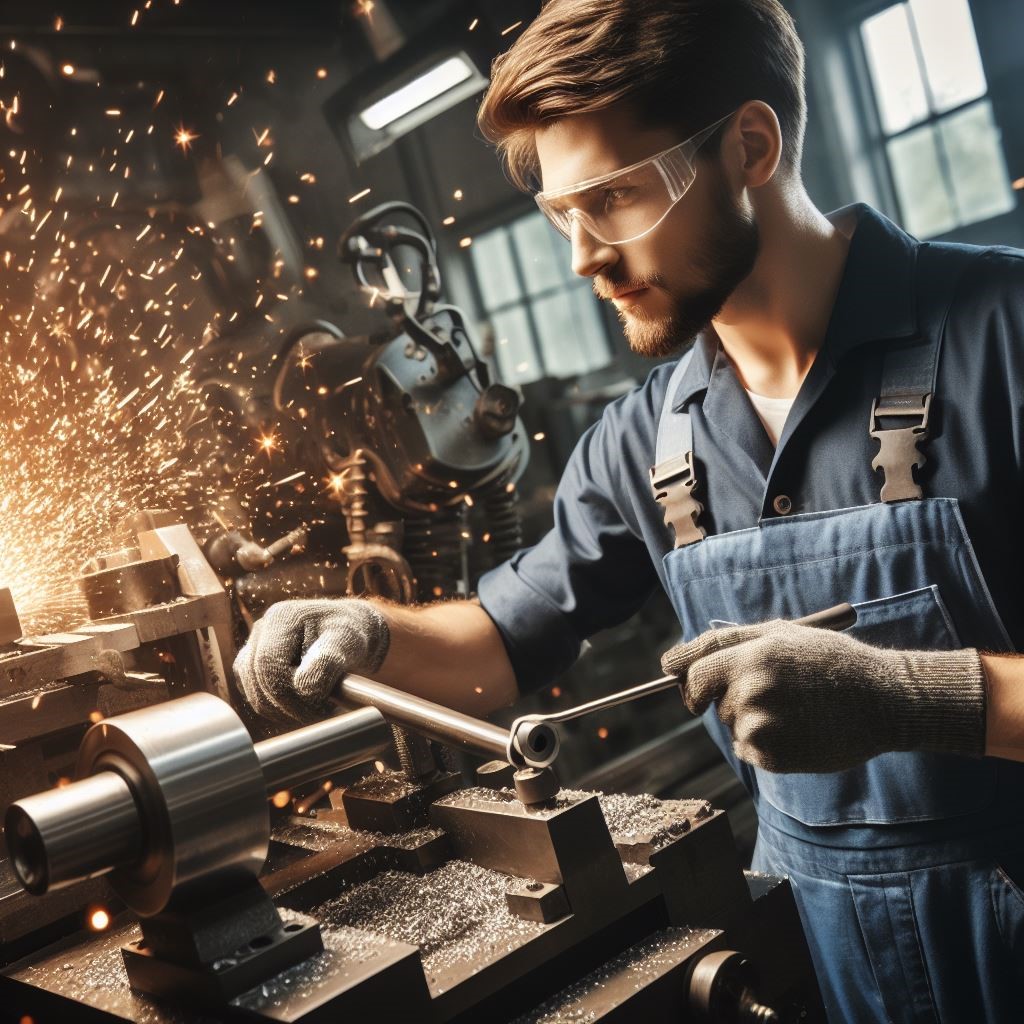When to Choose Manual Machining Over CNC Machining
Introduction
In today's fast-paced world of manufacturing, Computer Numerical Control (CNC) machining has become the go-to solution for precision and efficiency. However, there are still instances when traditional manual machining techniques prove to be the superior choice. In this blog, we will explore when to choose manual machining over CNC machining and why these old-school methods continue to hold their ground.
Complex Prototypes and One-Offs
When it comes to producing complex prototypes or one-off parts, manual machining often surpasses CNC machining. The flexibility of manual machining allows skilled operators to adapt quickly to changes, creating unique and intricate components that may not be feasible with CNC machinery. The hands-on approach enables machinists to make real-time adjustments and fine-tune the process, ensuring the desired outcome is achieved.
Small Batch Production
For small batch production runs, manual machining remains a viable option. Setting up a CNC machine for a small run can be time-consuming and costly. In contrast, manual machining setups are simpler, making them more cost-effective for producing limited quantities. This is especially true for industries that prioritize customization and adaptability, such as aerospace and automotive restoration.
Cost-Effective for Low-Volume Production
When it comes to cost-effectiveness, manual machining often wins the battle for low-volume production. CNC machines require substantial capital investment, not just for the machinery but also for the programming and tooling required. In cases where the production volume doesn't justify the expense, manual machining can provide high-quality results at a fraction of the cost.
Skilled Machinist Expertise
Manual machining relies heavily on the expertise of skilled machinists. These professionals have honed their craft over years of experience, possessing an intimate understanding of materials and machining processes. In situations where precision, intricate detailing, and craftsmanship are paramount, relying on the human touch of a skilled machinist can be more advantageous than relying on computer-controlled automation.
Replicating Antique or Legacy Parts
Restoring antique or legacy machinery often necessitates the replication of unique, obsolete parts. In such cases, manual machining is the preferred choice. CNC machines require digital models and programming, which may not be feasible for components that predate modern CAD technology. Manual machining allows machinists to reverse-engineer parts and create faithful replicas through careful measurements and hands-on craftsmanship.
Unconventional Materials
While CNC machining excels at working with common materials like aluminium, steel, and plastics, manual machining remains unparalleled when it comes to unconventional materials. Exotic materials, composites, and non-standard alloys often pose challenges for CNC machines due to their varying properties. Manual machining can adapt to these materials with ease, allowing for experimentation and problem-solving.
Conclusion
In the world of machining, the choice between manual and CNC techniques is not always clear-cut. There are situations where manual machining is not only a viable option but the superior choice. Skilled machinists, flexibility in adapting to changes, cost-effectiveness for small batches, and the ability to work with unconventional materials are just a few of the scenarios where manual machining shines. While CNC machining has revolutionized manufacturing, the timeless art of manual machining continues to play a vital role in producing high-quality, custom, and specialized components.
For specialist advice and a no-obligation quotation for your machining needs, please call IME on 02085996570 or email sales@imegroup.co.uk.

